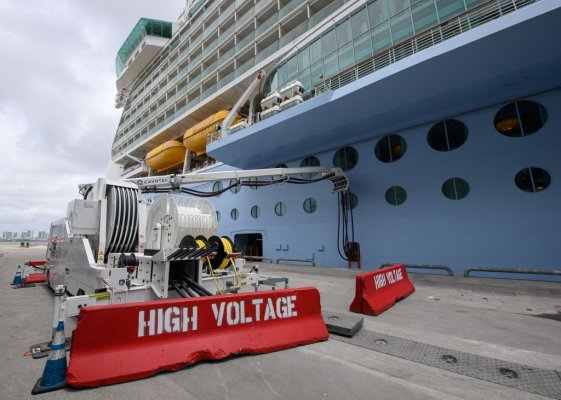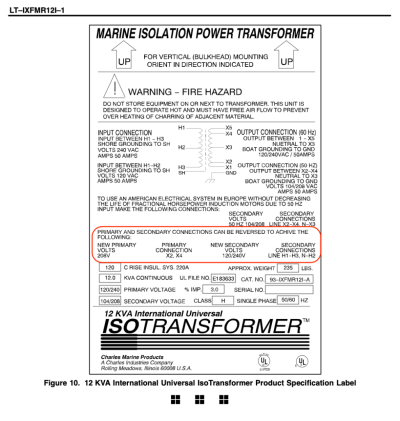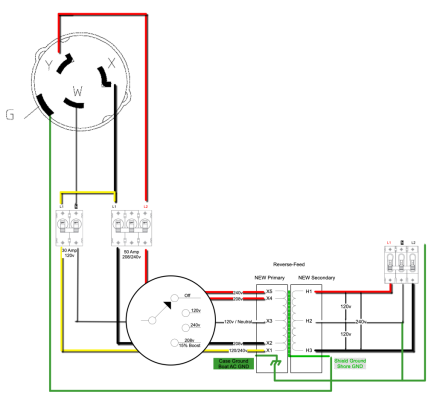Isolation transformers are something you want to have no matter what the issue you have with their "bulk".
Two solutions have been shown here. The Iso-Boost (formerly marketed by Charles prior to their exit from the marine industry) is the most expensive and elegant and no-brainer, as they automatically sense the need, and then lack of need. We had them on our old Hatteras compliments of the PO. Wonderful.
When you tap a transformer to create a switchable boost, it is very important to understand that it will boost every voltage level coming in, so leads to severe over voltage, say when you get to a 250 volt dock. So you need some sort of big red flag reminder to switch it off.
An in between solution is to get a "buck boost" transformer that you plug your shore power cord into and then plug the transformer into the dock outlet. Such as the one sold by Ward's. Scroll down to page 3. Bulky to schlep around, but more foolproof than the switched tap solution.
For it and the switched tap solution note bene the warning about using it at marinas with voltage variation issues. It is not always due to a 208v situation. You may be at the end of the dock, then a bunch of people down the dock show up and turn their air conditioning on start cooking a meal in their electric galley. We witnessed this in observing our Iso-Boosts switch on and off.
https://2486634c787a971a3554-d983ce...s-marine/media/transformers-5dcaa98d43a1c.pdf



